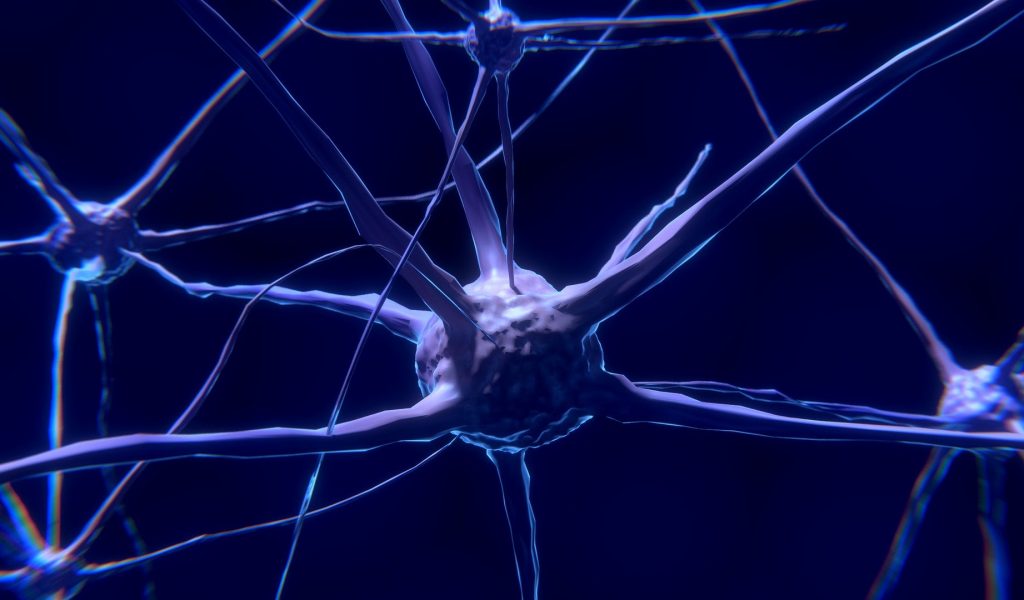Researchers identify a type of brain cell particularly vulnerable to death in Parkinson’s disease

Ellen Rogers, Science Editor, discusses recent research that has found that a type of brain cell is particularly prone to death during Parkinson’s disease
Parkinson’s disease is a devastating neurodegenerative disease and the second most prevalent disorder of its type worldwide – with an estimated one million individuals living with it in the United States alone. Associated with tremors, balance problems, rigidity, cognitive deficits and depression, Parkinson’s leaves individuals unable to move and live fully. With the cellular processes underlying this disease still unclear, researchers have been desperately seeking out the mechanisms driving the development of Parkinson’s – and may have made a major breakthrough.
Parkinson’s has long been associated with the degradation and loss of nerve cells (or neurons) that produce dopamine, a chemical messenger important for controlled and coordinated movement. These cells are found in a region of the brain called the substantia nigra (Latin for ‘black substance’), which is named for its dark colour, a result of the high quantities of neuromelanin within its constituent neurons. The substantia nigra contains multiple types of neurons with different molecular structures and functions and thus differing vulnerabilities to, and roles in the development of, Parkinson’s disease. However, until recently, researchers struggled to study and identify patterns of cell degradation in the Parkinson’s brain. Enter the team at the Broad Institute of Harvard and MIT for Psychiatric Research, who have successfully identified ten distinct subpopulations of human brain cells – and identified one cell type that is particularly vulnerable to death in Parkinson’s disease.
Led by Evan Macosko, the team studied over 15,000 nuclei from the brains of eight formerly healthy individuals by selectively pulling them out of the neurons of the substantia nigra. Then, they sorted these cells by both their location in the brain and by the specific combinations of genes that they expressed. This revealed the presence of ten distinct cell types in the substantia nigra, including one that appears particularly involved in the development and worsening of Parkinson’s disease. This cell type, primarily found in the lower part of the substantia nigra, is characterised by its expression of the AGTR1 gene. Whilst this gene is highly expressed in this cell type, its role in Parkinson’s disease (if any) is as of yet unknown and simply acts as a marker via which these cells can be identified. In the brains of individuals with Parkinson’s or the related disease Lewy-body dementia, this dopamine-producing cell type was dramatically diminished. These findings may give researchers some insight into the mechanisms that drive the progression and worsening of these neurodegenerative diseases, as this cell type also exhibited molecular markers that highlight themselves as targets for cell death processes and cascades.
The team studied over 15,000 nuclei from the brains of eight formerly healthy individuals by selectively pulling them out of the neurons of the substantia nigra
Whilst this study only concerned a small number of individuals, it could help guide the development of new treatments for Parkinson’s disease. Researchers are particularly interested in the possibility of using stem cells to grow new copies of the dopamine-producing neurons lost in Parkinson’s disease, and an increased understanding of the cell subpopulations particularly vulnerable to Parkinson’s could greatly help guide the application of this technique. Further, this research (and extensions of it) could help refine models of Parkinson’s and other neurodegenerative diseases used by scientists, streamlining the development of new therapeutic approaches and improving the reliability of clinical trial data – and hopefully helping researchers find a cure for this devastating disease.


